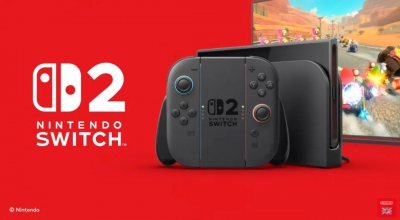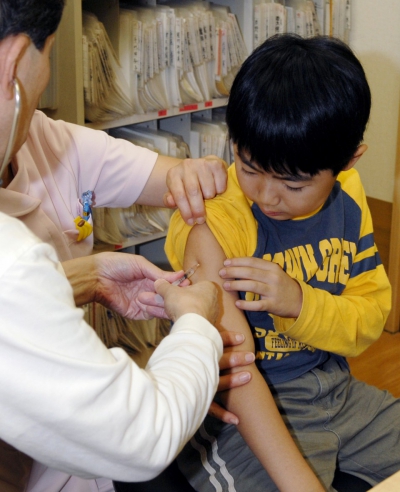The National Economic Accounts Annual Estimates (Stock Chapter) released by the Japanese Cabinet Office on January 20th show that Japan’s overall net assets (national wealth) as of the end of 2023 were 4,158.4 trillion yen. An increase of 161.9 trillion yen (4.1%) from the end of 2022. Japan's national wealth has grown for eight consecutive years, reaching the highest level since 1994 with comparable data. Factors such as rising land prices and higher stock market valuations, which have led to higher financial asset valuations, have had a positive impact.
National wealth refers to the total amount of assets (housing, factories, land, etc. plus financial assets) minus liabilities, and represents the total wealth accumulated in the country. It is calculated by adding together data from households, businesses, governments, etc. Published by the Cabinet Office of Japan as part of the Gross Domestic Product (GDP) statistics.

According to relevant reports from the World Health Organization, Japan's medical level has long been ranked first in the world. Although this ranking may not accurately reflect reality, the fact that Japan's medical level is world-class cannot be ignored.
Japan's medical achievements are remarkable. In addition to advanced technology, the importance of policies and regulations is indispensable. In 2002, Japan promulgated the "Health Promotion Law" to protect national health with a series of policy measures. Among them, the universal coverage of the medical security system is particularly critical, and different from the public medical systems in Europe, America, and China.
Most European countries have achieved universal health insurance through public medical systems such as public hospitals. However, the efficiency is low and patients have long waiting times for treatment. Emergency and critical patients often choose private hospitals. Private hospitals in the United States dominate, but medical insurance coverage is limited, and high medical expenses and medical insurance payments make it difficult for people at the bottom to seek medical treatment.
Japan adopts a parallel model of three types of medical systems: national, public, and private. National and public hospitals are positioned as general hospitals, which mainly diagnose and treat serious illnesses, severe illnesses, and conditions requiring hospitalization for surgery. Private medical institutions are mainly community private hospitals and specialist clinics, which are the main places where people treat minor illnesses on a daily basis.

Even in private hospitals, medical expenses are mainly borne by medical insurance and the government, and the reimbursement ratio is the same as that in public hospitals. Private hospitals are also at a high level within their diagnostic and treatment capabilities. People do not need to go to large public hospitals for daily ailments, which effectively alleviates the shortage of medical resources.
Japanese people rely on private hospitals to resolve daily minor ailments nearby and have a good medical experience. Regardless of whether you are employed or not, what your occupation is, and how many years you have been in the job, you can basically enjoy medical insurance. Under the dual protection of medical insurance and the government, individuals only need to bear 10%-30% of the cost of medical treatment. If a community private hospital cannot handle a serious or difficult illness, the doctor will issue a letter of introduction and transfer the patient to a public specialist hospital or general hospital.
Japan has advanced medical technology and has significant advantages in the fields of cancer, cardiovascular and cerebrovascular diseases, organ transplantation, and diabetes treatment. Japan is also in a leading position in high-end medical device technology such as CT, MRI, and surgical robots.
In addition, Japan implements a medicine separation system, and relevant government agencies manage almost all medicines in a unified manner, achieving unified selling prices for similar medicines across the country. Hospitals generally only issue prescriptions, and patients need to go to pharmacies to buy medicines on their own. The internal pharmacies of general hospitals are only used by inpatients, which avoids the monopoly and high prices of medicines in hospitals.
The recognition of Japan's medical level is also due to advanced medical service concepts and humanistic care. Of course, this is related to the level of national economic development.















